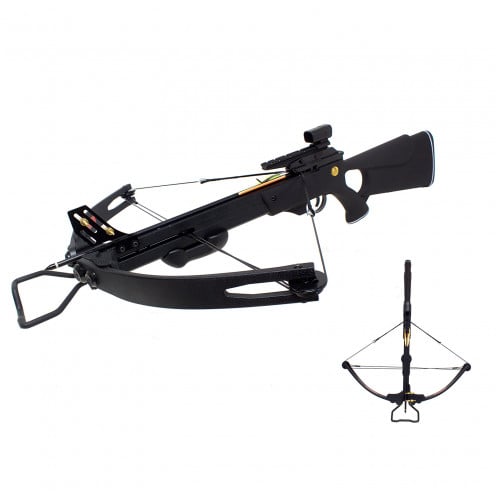
#COMPOUND CROSSBOW VS RECURVE FULL#
Some designs tend to “stack” (become more difficult as you reach full draw) more than recurves. On the downside, longbows are generally slower than most recurves. And many longbows are quieter, as there’s less string slap against the limbs. Longbows are generally more forgiving than recurves, largely because the grip design and straight limbs make torquing the bow more difficult. The string does not touch the limbs at any point but the ends. Digressions aside, the longbow is most easily identified by its shape it’s basically straight when unstrung, and forms that D when strung. We also think it’s older than the recurve, but that might be a Robin Hood, western-bias thing Eurasian warriors and hunters were shooting bows with curved limbs for many centuries. When most of us think “stickbow” we picture the long, D-shaped arc of a longbow. Longbow: Basic Differences Take-down recurve bows offer excellent performance and portability. While modern shooters might confuse them, there are important differences between these bow styles that can influence which is the right for you. So let’s turn our attention to the two bow types that resemble each other the most longbows and recurves.

We’ve already discussed the differences between compounds, recurves, and crossbows.

Today he continues to chase deer-over 70 years from his beginnings-with a crossbow. He transitioned to a recurve in the 60’s, and stepped into a compound in the 80’s. Dad hunted in some of the first modern archery seasons in the country in the 1940s with a longbow. Learn more ›Īs he has with much in life, my 91-year old father has seen some major changes in bowhunting. We may earn revenue from the products available on this page and participate in affiliate programs.


 0 kommentar(er)
0 kommentar(er)
